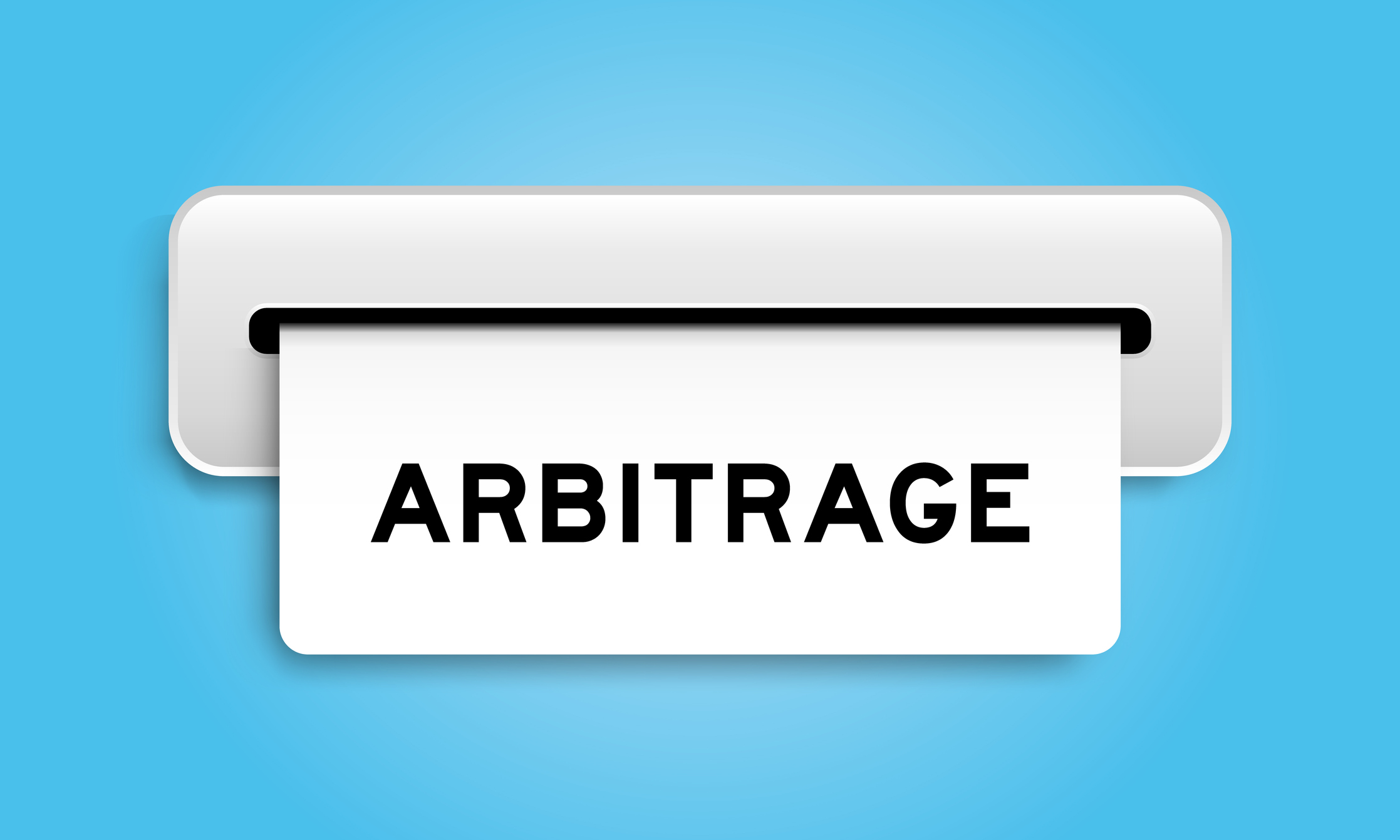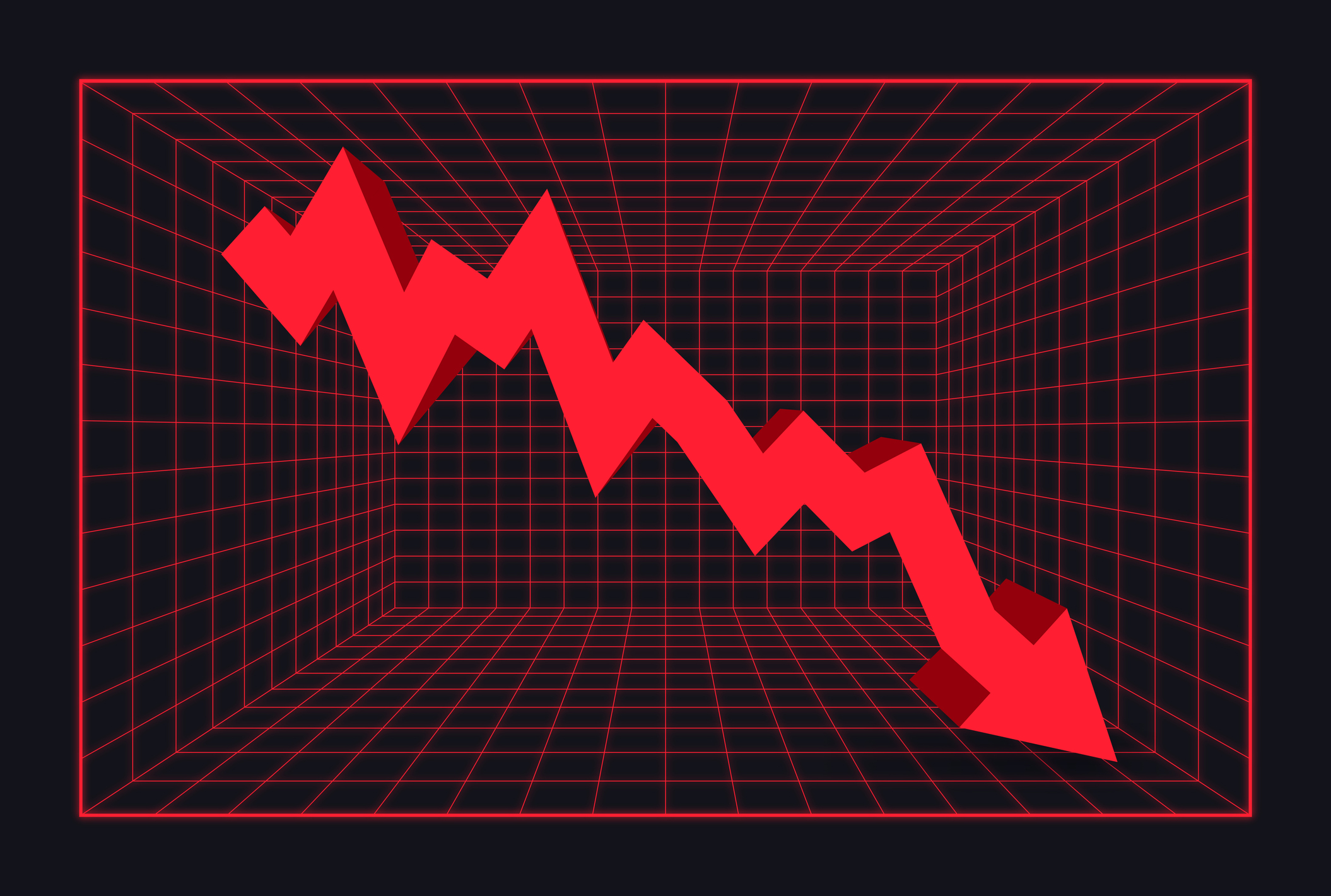What Is Arbitrage?
Arbitrage involves the simultaneous buying and selling of an asset in hopes of turning a risk-free profit.


Risk-free profit. It sounds nice, doesn't it? That's what arbitrage strategies look to accomplish. But what is arbitrage?
The term "arbitrage" tends to get thrown around a lot, and not always correctly. Today we will take a closer look at what arbitrage is and how investors use it.
What is arbitrage and what is an example of it?
In its purest form, arbitrage involves the simultaneous buying and selling of substantially identical assets in different markets in order to take advantage of small pricing discrepancies.
From just $107.88 $24.99 for Kiplinger Personal Finance
Become a smarter, better informed investor. Subscribe from just $107.88 $24.99, plus get up to 4 Special Issues

Sign up for Kiplinger’s Free Newsletters
Profit and prosper with the best of expert advice on investing, taxes, retirement, personal finance and more - straight to your e-mail.
Profit and prosper with the best of expert advice - straight to your e-mail.
As a simple example, let's say a share of Microsoft (MSFT) costs $300 on the Nasdaq and $299.95 on the London Stock Exchange. A trader could simultaneously buy shares in London and sell shares on the Nasdaq, making a 5 cents per share profit.
Arbitrage doesn't apply only to stocks, of course. You could potentially find an arbitrage opportunity in any currency or commodity. For that matter, you could hypothetically "arbitrage" used convertible Mustangs by buying them in Detroit in the winter, when there is no demand, and selling them in sunny San Diego or Miami … where there is always demand.
The underlying concept remains the same, though. You're profiting by simultaneously buying and selling the same asset in more than one market.
Arbitrage is what keeps markets efficient (or at least close to efficient). If an asset is too expensive in one place and too cheap in another, then the buying of the cheap asset and the selling of the expensive asset by arbitrageurs force the prices closer together. For this reason, arbitrage opportunities tend to be short lived.
Arbitrage and ETFs
Exchange-traded funds (ETFs) function because of the possibility of arbitrage. Let's walk through the mechanics there.
ETFs are a type of mutual fund that trade like stocks. And at any given time, the price of the ETF will be equal to (or very close to) the value of the underlying stocks it owns because any significant deviation brings the possibility of arbitrage.
If an ETF were cheaper than the value of the stocks it owned, an institutional investor could buy the ETF shares, dissolve them, and then immediately sell the underlying holdings for an immediate risk-free profit. This mechanism ensures that ETFs never deviate too far from their net asset value.
Are there limits to arbitrage?
Of course. The biggest impediment is cost.
Go back to our "Mustang convertible arbitrage" example. Let's say you can buy that Mustang convertible for $20,000 in Detroit and sell it for $25,000 in Miami. But you'd have to actually get the car from point A to point B, which would involve paying a driver, gasoline and possibly even a hotel stay. After all of those frictional expenses, your risk-free profit might be whittled down to nothing.
Transaction costs like brokerage commissions or short-selling lending rates have the same effect in the market. And if your arbitrage opportunity is in a smaller, illiquid stock, you might not be able to make the trades at any scale because your trading could move the prices you're trying to exploit.
Furthermore, markets don't always function the way they should. Perhaps the most frustrating would-be arbitrage moment in history was during the tail end of the 1990s tech bubble in the Palm saga. 3Com, a relatively boring "legacy" tech company, spun off a 5% position in the up-and-coming mobile stock of the era, Palm, maker of the Palm Pilot personal assistant.
Here's where it got ridiculous. At the end of the first day of trading, Palm had a market value of $54 billion, while 3Com had a market value of just $28 billion. 3Com still owned 95% of Palm, meaning its holdings were worth about $50 billion. This means the market was valuing the rest of 3Com's business as not only worthless but actually negative by $22 billion.
Investors potentially had an arbitrage opportunity to short Palm and buy 3Com understanding that it is impossible for 3Com to be worth less than Palm considering it owned 95% of Palm at the time. Yet it was virtually impossible to execute the trade because there were no Palm shares available to short or, if you somehow found some, the cost to borrow them would be so prohibitively expensive that you could have potentially gone broke while waiting for your "risk-free" trade to play out.
Should you try your luck at arbitrage?
Before we answer that question, it's important to remember that true arbitrage situations are fairly rare and that a lot of what gets labeled "arbitrage" isn't true arbitrage.
For example, statistical arbitrage (stat arb) and pair trading involve taking offsetting positions in assets that tend to be correlated but, for whatever reason, seem to have deviated in the short term.
Say for instance, you buy blue chip stocks Coca-Cola (KO) and short PepsiCo (PEP) if it looked like Coke was cheap relative to Pepsi. That might be a fantastic trade under the right circumstances, but it's not arbitrage, strictly speaking. It's a relative value trade and it comes with risk. Perhaps Coca-Cola's CEO was found to be cooking the books and the Dow stock tanks, while Pepsi launches a great new product and its shares soar higher. That's a ridiculous example, but the point is that you shouldn't lull yourself into a false sense of confidence in a "risk free" arbitrage trade that is anything but risk-free.
However, if you have identified a true arbitrage opportunity and you have the trading experience to execute it, by all means, go for it. Just don't get carried away and leverage it too aggressively.
Related content
Profit and prosper with the best of Kiplinger's advice on investing, taxes, retirement, personal finance and much more. Delivered daily. Enter your email in the box and click Sign Me Up.

Charles Lewis Sizemore, CFA is the Chief Investment Officer of Sizemore Capital Management LLC, a registered investment advisor based in Dallas, Texas, where he specializes in dividend-focused portfolios and in building alternative allocations with minimal correlation to the stock market.
-
 23 Last-Minute Gifts That Still Arrive Before Christmas
23 Last-Minute Gifts That Still Arrive Before ChristmasScrambling to cross those last few names off your list? Here are 23 last-minute gifts that you can still get in time for Christmas.
-
 The Rule of Compounding: Why Time Is an Investor's Best Friend
The Rule of Compounding: Why Time Is an Investor's Best FriendDescribed as both a "miracle" and a "wonder," compound interest is simply a function of time.
-
 4 Great Tools to DIY Your Own Financial Plan
4 Great Tools to DIY Your Own Financial PlanSmart Savings Several tools picked out by Kiplinger that DIYers can use to make their own financial plan.
-
 AI Stocks Lead Nasdaq's 398-Point Nosedive: Stock Market Today
AI Stocks Lead Nasdaq's 398-Point Nosedive: Stock Market TodayThe major stock market indexes do not yet reflect the bullish tendencies of sector rotation and broadening participation.
-
 Dow Rises 497 Points on December Rate Cut: Stock Market Today
Dow Rises 497 Points on December Rate Cut: Stock Market TodayThe basic questions for market participants and policymakers remain the same after a widely expected Fed rate cut.
-
 Crypto Trends to Watch in 2026
Crypto Trends to Watch in 2026Cryptocurrency is still less than 20 years old, but it remains a fast-moving (and also maturing) market. Here are the crypto trends to watch for in 2026.
-
 Dow Slides 427 Points to Open December: Stock Market Today
Dow Slides 427 Points to Open December: Stock Market TodayThe final month of 2025 begins on a negative note after stocks ended November with a startling rally.
-
 If You'd Put $1,000 Into Coca-Cola Stock 20 Years Ago, Here's What You'd Have Today
If You'd Put $1,000 Into Coca-Cola Stock 20 Years Ago, Here's What You'd Have TodayEven with its reliable dividend growth and generous stock buybacks, Coca-Cola has underperformed the broad market in the long term.
-
 Dow Adds 314 Points to Thanksgiving Rally: Stock Market Today
Dow Adds 314 Points to Thanksgiving Rally: Stock Market TodayInvestors, traders and speculators enjoy the best Thanksgiving Week gains for the major stock market indexes in more than a decade.
-
 Dow Trims Its Loss to 498 Points: Stock Market Today
Dow Trims Its Loss to 498 Points: Stock Market TodayMarkets are wondering more and more about returns on the enormous amounts of capital hyperscalers are investing in AI.
-
 Dow Dives 797 Points as Government Opens: Stock Market Today
Dow Dives 797 Points as Government Opens: Stock Market TodayThe process of pricing and re-pricing realities old and new never stops, and next week promises to be at least as exciting as this week.